When I began preparing, I researched all kinds of topics that people on forums said were important to know; implying that to truly be prepared one had to know these outdoor/primitive skills. I joined some outdoors forums, learned several new and interesting things, and then it dawned on me; I don’t spend much time in the great outdoors! While I enjoy learning these skillsets, I decided I was better served learning more practical things for me personally. I do, however, think there are a few skills everyone (even city slickers) should know. There is more on that below. Before I go any further, I want to say that this is not me saying that strictly learning basic preparedness skills is the only way to be prepared. It is me saying that who are so entrenched in their camp and believe the only way to be prepared for come what may is by knowing outdoor/primitive/bushcraft skills.
I think some of us have romanticized bugging out to the woods and surviving off the land. I think shows like Survivor Man and the many shows like it might hold some of the blame. Don’t get me wrong, I really enjoy these kinds of shows, but I have seen very few scenarios that I will ever be even remotely close to being in. If you’re someone who thinks you’ll bug out to the woods if the stuff hits the fan to live off the woods, I hate to break it to you, but that’s not realistic. This article titled: Living Off The Land: Delusions and Misconceptions About Hunting and Gathering explores the caloric intake of foraged plants and hunted and trapped game. This article doesn’t take into consideration all of the other people you’ll be competing against for the limited amount of game!
Long time readers will know that I believe, while these worst case events, like EMPS, are possible, they’re not very likely. Let’s say, for the sake of this article, an EMP does go off. In the vast majority of circumstances, I believe that one would be far better prepared having their 5 basic human needs met by staying home (bugging in, hunkering down, etc.), rather than bugging out to the woods. Sure, if the grid is completely down, after all my food has been eaten, I might need to head to the woods to find game, but that is a lot of “what ifs” and “maybe’s.” If I had to flee my home, I would hole up in an abandoned building before I would consider building a shelter in the woods and trying to keep Trudee the dogs and I warm.
To answer the question asked in the title of the article; “Do you need to know outdoor skills to be prepared?” My answer is: I don’t think so. If your goal is to be prepared for 95% of the things that happen every year, I think you would be better served first building Redundancy of the Five Basic Human Needs than learning how to use a bow drill or learning to make a figure four trap.
If you don’t have a grasp on the following, they might be better skills to learn first. Basics of food storage. Multiple ways to purify water. How to meet the basic needs during a grid down event, IE keeping food and medicine cool, how to keep cool without AC or provide emergency heat. The basics of survival sanitation and fire safety Also security topics like Situational Awareness and Awareness and Security in Crowds and home security as well as protecting Your neighborhood.
Please don’t think I am knocking outdoor skills. If you spend time in the outdoors hunting, hiking or doing something else, you should know them and be proficient in them. If they are just a passion, by all means, learn all you can. I also think that learning outdoor/primitive skills are a good skills to learn after you have the basics down, this will really round out your skills set. If we ever do see a prolonged grid down event, everyone will need to know outdoor skills. They can also be a great way for people, especially children to build self-confidence.
Outdoor Skills Everyone Should Know
If you live in the city, you might wonder why I think you should know some basic survival skills. Every year I see several news stories about people who were driving and either got lost, their car broke down or they got stranded somehow. Many of these people panic and make bad decisions. I think they panic because they don’t know what to do to stay alive until help comes. You might not foresee a situation that will take you into or near a remote area, but you never know what God has planned for your future!
For that reason, I think people should know a minimum of three skills; how to start a fire and keep it burning, how to build a very basic shelter, and how to Signal for help.
You’ll notice I only linked to an article I wrote on signaling for help. I was not blessed with a good sense of direction, and have spent more than my fair share of time lost. Knowing this about myself, I spent a good deal of time researching what to do when lost and wrote about it. I do know how to make a fire, and my belief on the subject is to learn how to make one with a lighter first. You should then keep a lighter in your vehicle or EDC if you are heading out. Making a bow drill and starting a fire with it, while very cool, is not realistic for the person who doesn’t spend time outdoors practicing. I also have read, in depth, on how to make various shelters, but haven’t built one, so I don’t feel comfortable telling you what to do.
Instead, I will provide some links to just a couple of the resources I have followed over the years.
The Survival Sherpa is one of my favorite outdoors mentors. You’ll learn all kinds of outdoors and survival related skills from Todd.
The Late Ron Hood is another person I learned a lot from. His wife Karen has picked up the mantle. You can purchase a wide selection of almost 30 outdoors related DVD’s from Survival.com
I also recommend the affiliated forum for Survival.com, Hoods Woods. I haven’t been an active Hoodlum for some time, but this is a fantastic place to research and ask questions.
The last resource I’ll share is Dirttime.com, where you can learn much from the three Survival Instructors who write for the site.
Please click here to vote for Prepared Christian as a top Prepper site!
If you liked this article please think about sharing it on the social media listed below, thanks!






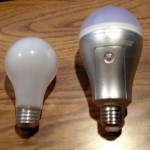


















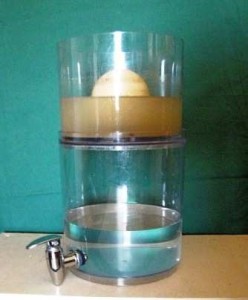 What is a ceramic water filter? The filter consists of a ceramic shell which usually contains activated carbon. The ceramic shell has sub-micron sized pores which filter out small contaminants such as bacteria and particulates while the carbon inside treats the water by removing a wide spectrum of chemicals. Specialized filters that remove particular chemicals such as fluoride or arsenic can also be manufactured by using other media in place of the carbon.
What is a ceramic water filter? The filter consists of a ceramic shell which usually contains activated carbon. The ceramic shell has sub-micron sized pores which filter out small contaminants such as bacteria and particulates while the carbon inside treats the water by removing a wide spectrum of chemicals. Specialized filters that remove particular chemicals such as fluoride or arsenic can also be manufactured by using other media in place of the carbon. 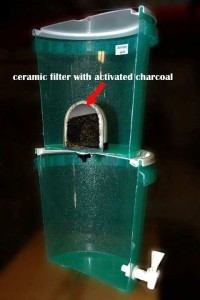

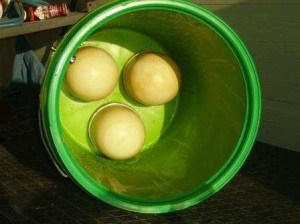
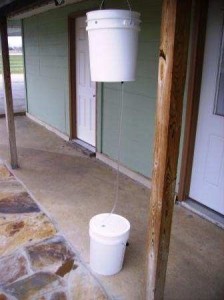
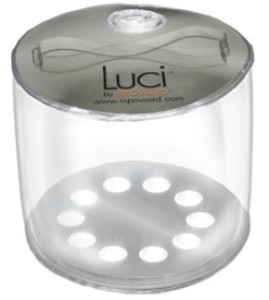
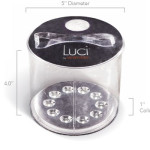
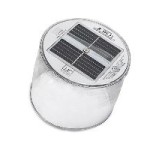
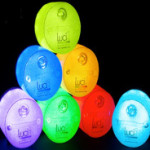
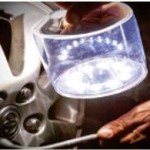

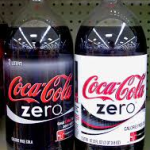
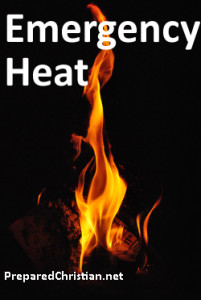
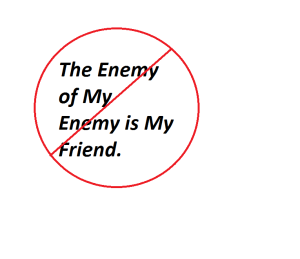 I want to take this opportunity to give you something to think about before you head out to the polls tomorrow. First, a little background on myself. For many years I voted right down the Republican Party line. I now, however, consider myself an independent, with conservative values and libertarian leanings.
I want to take this opportunity to give you something to think about before you head out to the polls tomorrow. First, a little background on myself. For many years I voted right down the Republican Party line. I now, however, consider myself an independent, with conservative values and libertarian leanings.

